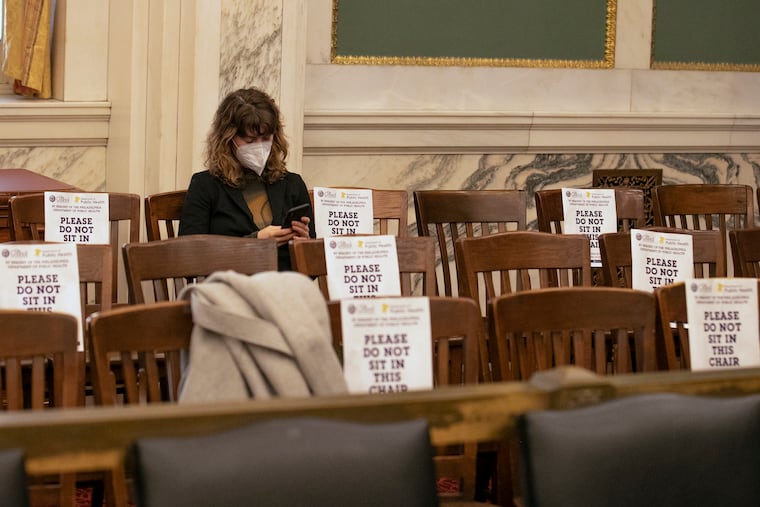States are dropping mask mandates. What about Philly?
Even as states end their indoor mask mandates, there may be good reasons for Philadelphia to keep its in place.

Even as states end their indoor mask mandates, there may be good reasons for Philadelphia to keep its in place.
